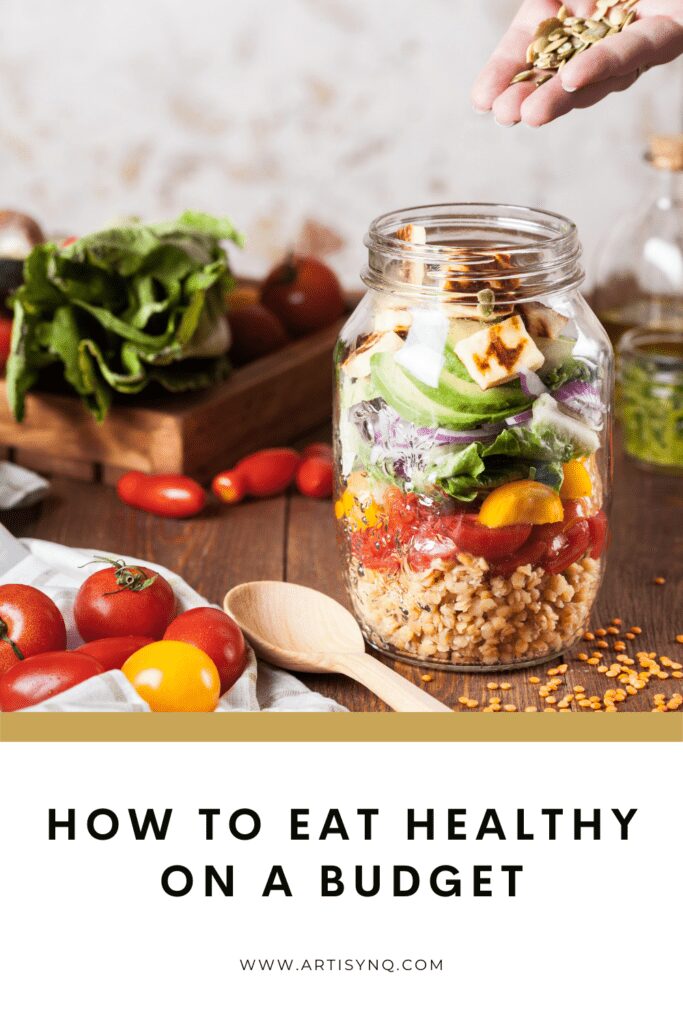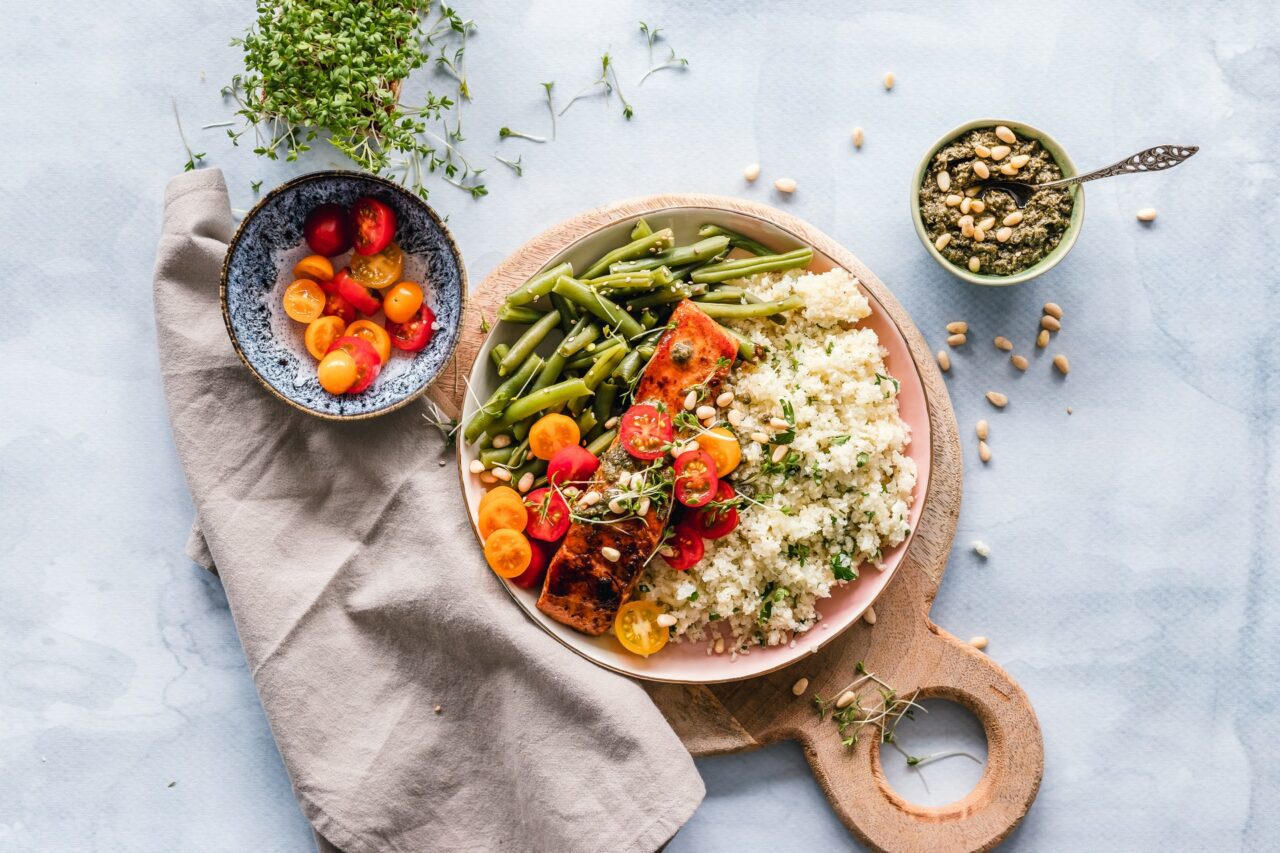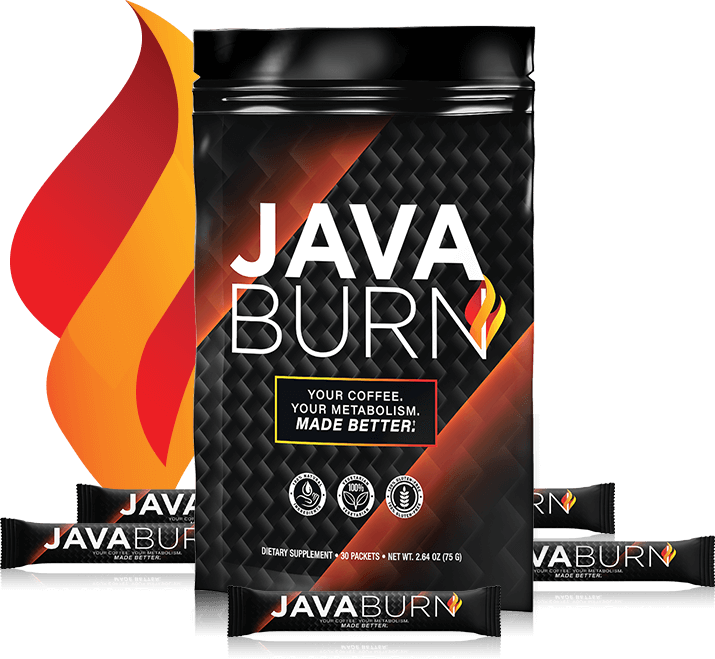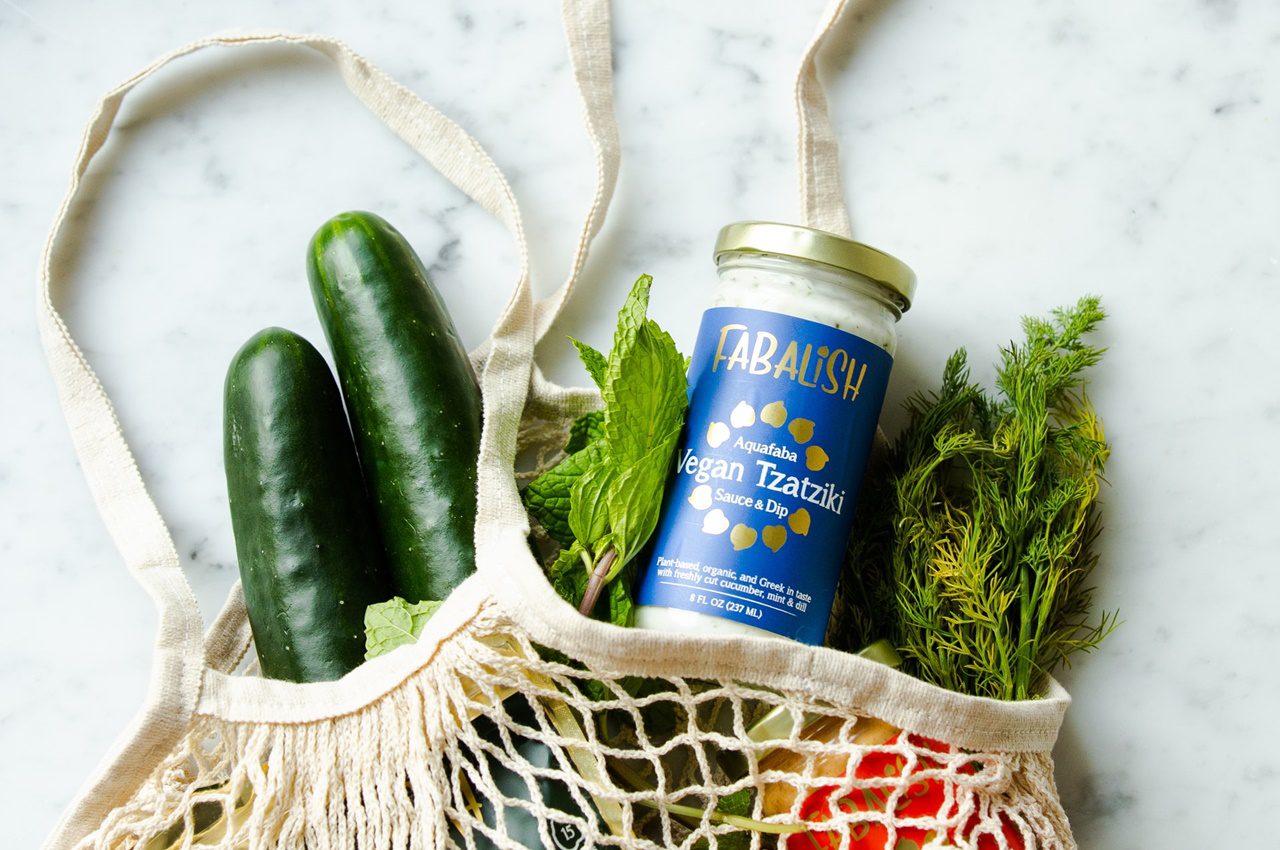Cost can be a major factor when deciding what to eat. However, healthy eating doesn’t mean breaking the bank. Read on to know how you can eat healthy without splurging too much.
1. Plan Ahead
The number 1 mistake most people make while grocery shopping is that they don’t plan their meals.
Planning meals is an excellent way to understand how much and what kind of food you need. It reduces impulse purchases that help you save a chunk of money.
Take into account the kind of diet you wish to follow: low-carb, protein-rich, keto, etc., and start planning your meals.
Also, consider how many days you are going to cook and the days you’re going to dine out. This will prevent you from overbuying (and possibly throwing food into the trash).
Go through your pantry and your refrigerator before you create your shopping list to avoid buying the same items again.
2. Try Cheaper Brands
You don’t have to always go for premier brands.
There’s not a huge difference between store brands and premium brands. Try them and allow your taste buds to be the judge rather than the shiny, new labels.
3. Read The Food Labels Carefully
Nutrition labels not only help you choose between different food items but also keep track of what you’re consuming.
They can help you choose a more balanced diet.
It’s wise to go through the labels before adding them to your cart to understand the number of grams of salt, protein, sugars, carbohydrates, saturates and fat that food item contains.
You can also go through the reference intakes mentioned on nutrition labels. They provide information on how a particular food or beverage item fits into your recommended diet.
Reference intakes act like guidelines and help you understand the approximate amount of particular energy or nutrients required for a healthy diet.
Another way of eating healthy is to go by color-coded nutrition labels.
The labels contain a mix of green, amber, and red.
When choosing between similar food items, opt for ambers or greens and lesser reds to make healthier choices.
Find out more about food labels by understanding food safety and labeling terms.
Educate yourself to know the difference between terms such as “low fat”, “lite/light”, “best before” and “use by”.
4. Become a Vegetarian
Fish and meat are often the most expensive items on your food bill.
You can replace meat dishes with vegetables in casseroles to make them go further.
If you can’t become a vegetarian, try being a flexitarian. In simple words, limit non-vegetarian food to once or twice a meal per week.
You’ll be surprised by how much you can save and still eat healthy by being a vegetarian.
Incorporate pulses, peas, beans, and lentils into your diet. They’re low in fat and calories but packed with minerals, vitamins, and fibre.
Use these in meals to replace some (or all) of meat and chicken.
If giving up meat sounds impossible to you, then buy cheaper cuts of meat to save more money and still eat healthily.
Choose a cheaper cut of meat such as shoulder, shin, or braising steak. This will ensure that you have tasty meals at a lower cost.
However, if you’re buying chicken, then buy a whole chicken.
It’s the cheapest way to buy chicken as you get wings, drumsticks, 2 things, and 2 breasts. Plus, you can use the carcass for making chicken stock.
Buy chicken from deli counters for cured meats and cheese. You’ll not only get the exact amount which is cheaper but also is less wasteful.
5. Cut Down on Luxuries
Does your regular shopping cart include cakes, biscuits, snack bars, crisps, and fizzy drinks?
Trim down on such non-essential items as most of them are packed with fat, sugar, and salt.
Try healthier and cheaper alternatives such as fruit juice or sparkling water instead of cold drinks, yogurt instead of chips.
Shop online to save more money. The price difference during sales and “happy hour” are significant.
The Wrap Up
Do your bottom line and waistline a favor by eating healthy foods.
You can easily follow a healthy diet on a budget if you plan correctly, read the nutrition labels properly and avoid food items that cost a fortune.
Remember to shop online and try a vegetarian diet to notice the difference it makes in your health and your account balance.
How do you eat healthy on a budget and would you consider becoming a vegetarian to save more money? Tell us in the comments section below!

Featured Image Credits: Unsplash

Shristi Patni
Content Writer
Shristi is a content writer and owner of F and B Recipes and Snazzy Women. When not writing, she can be found reading or trying new recipes.







